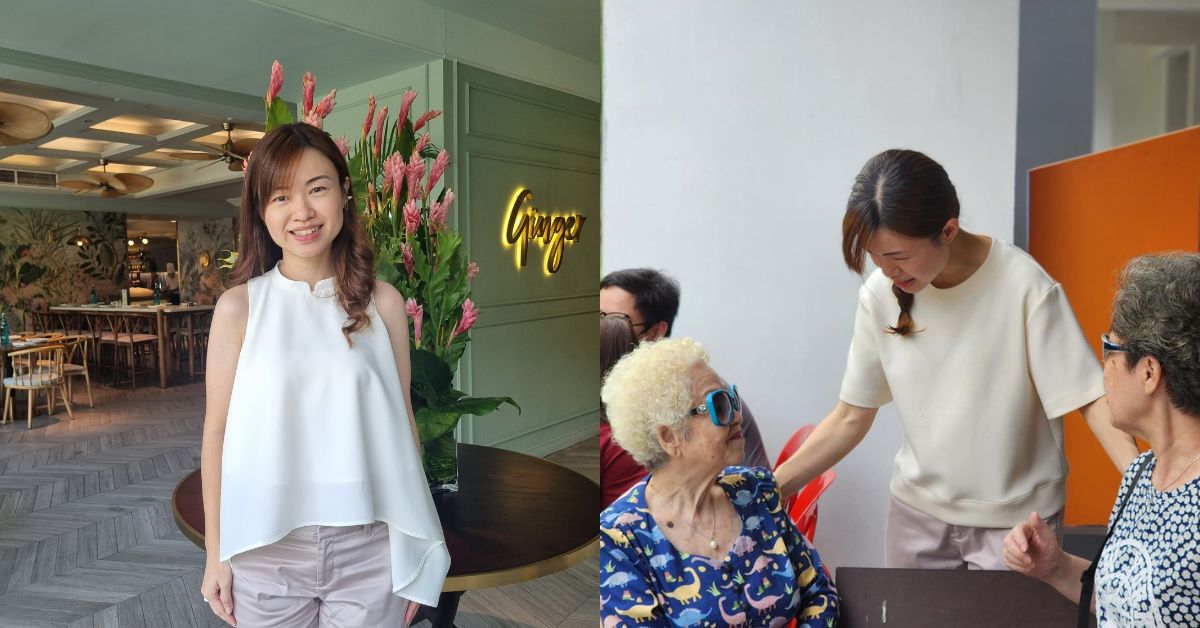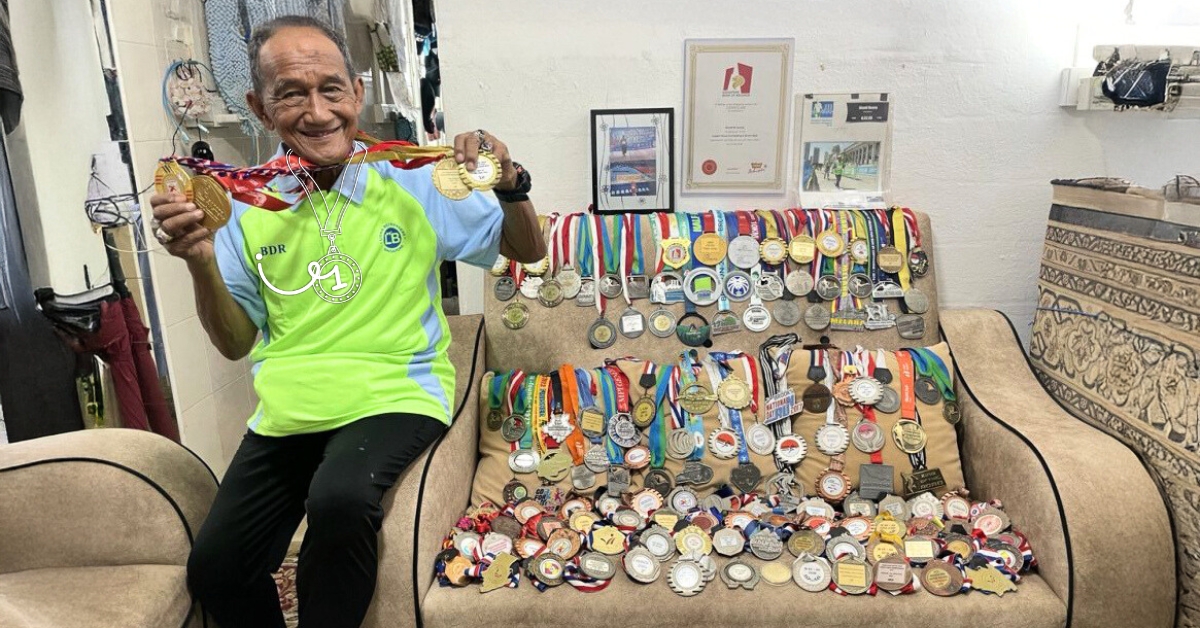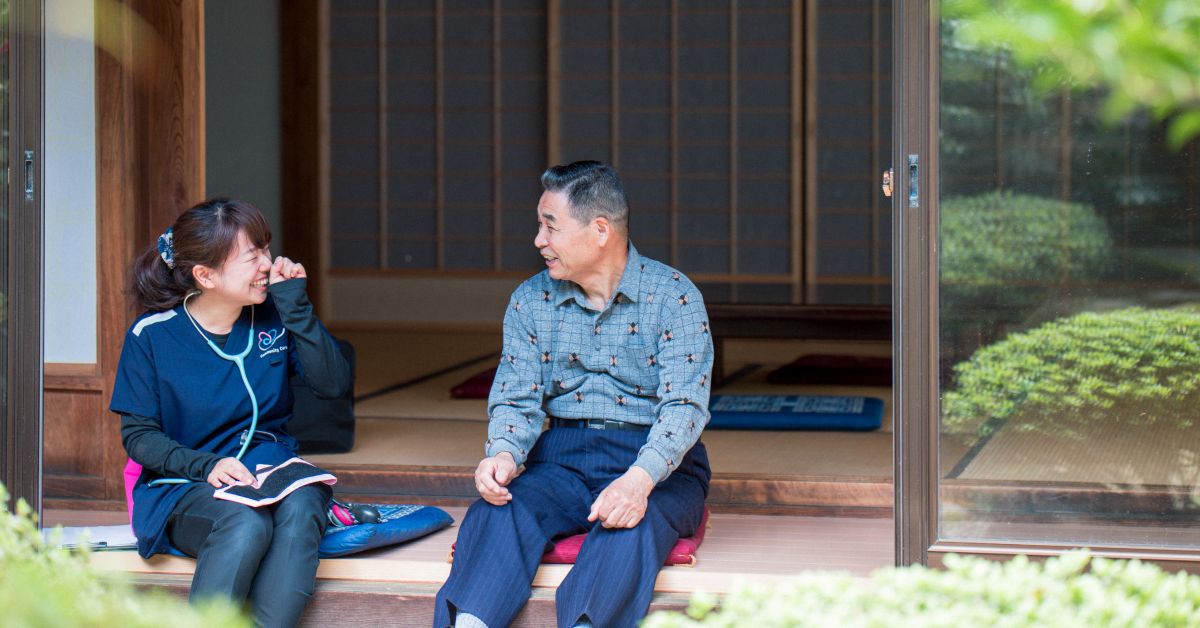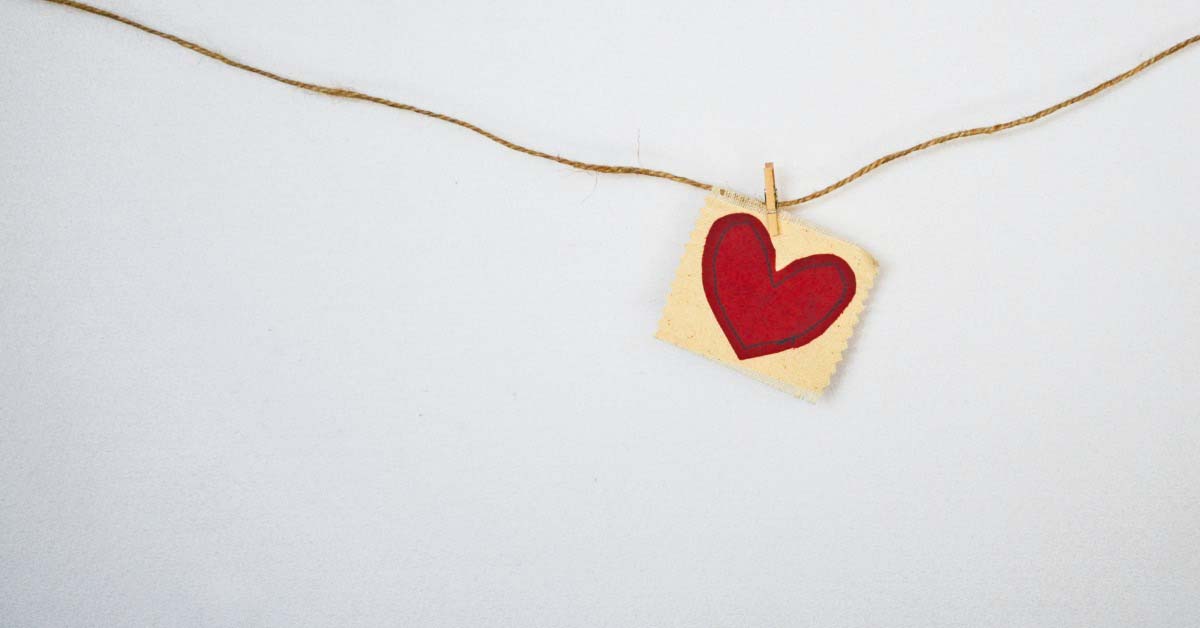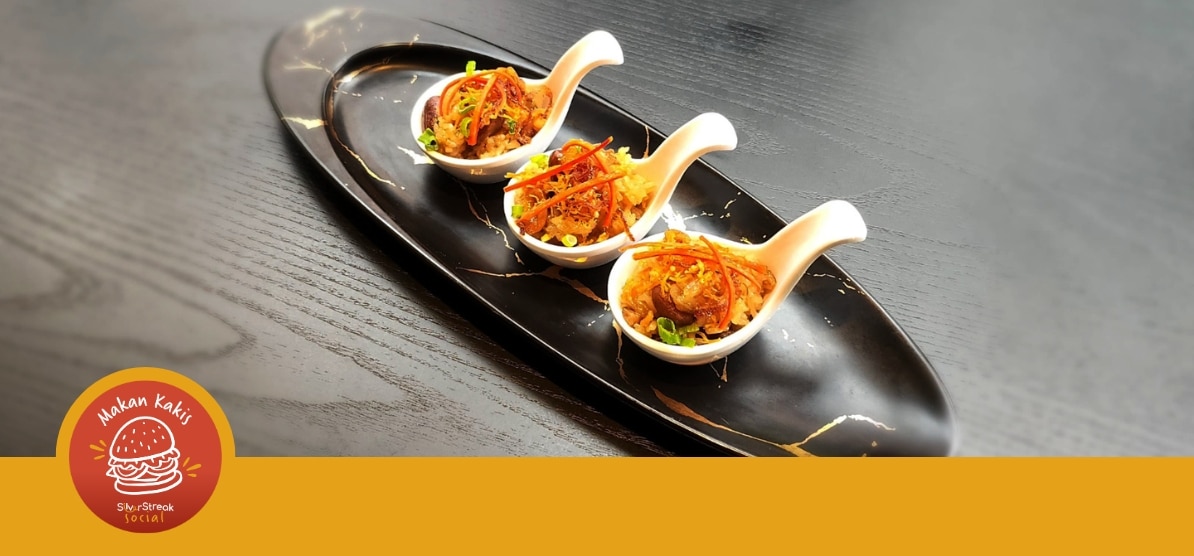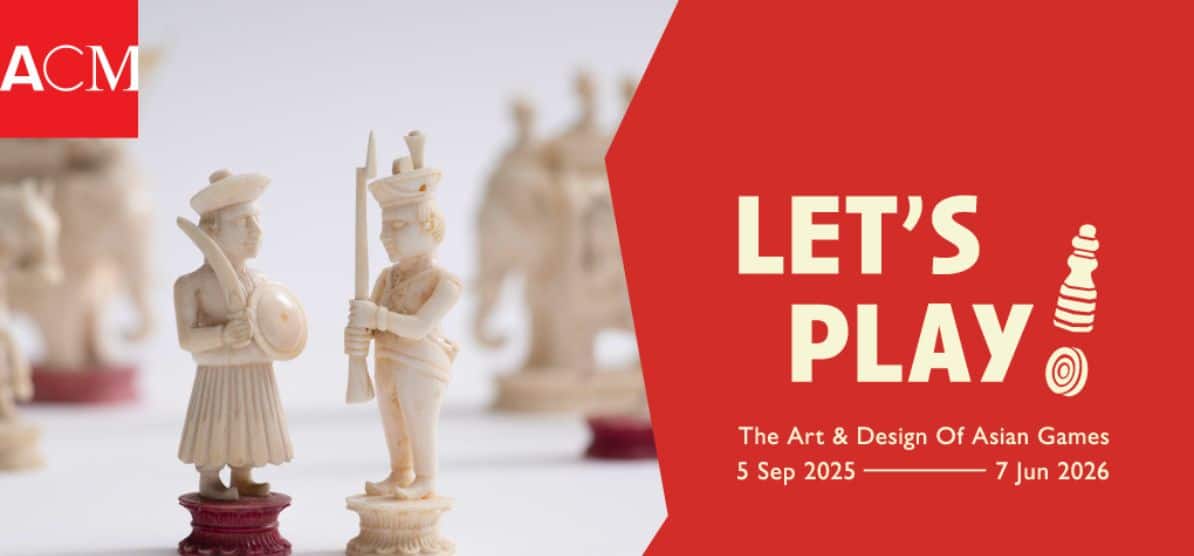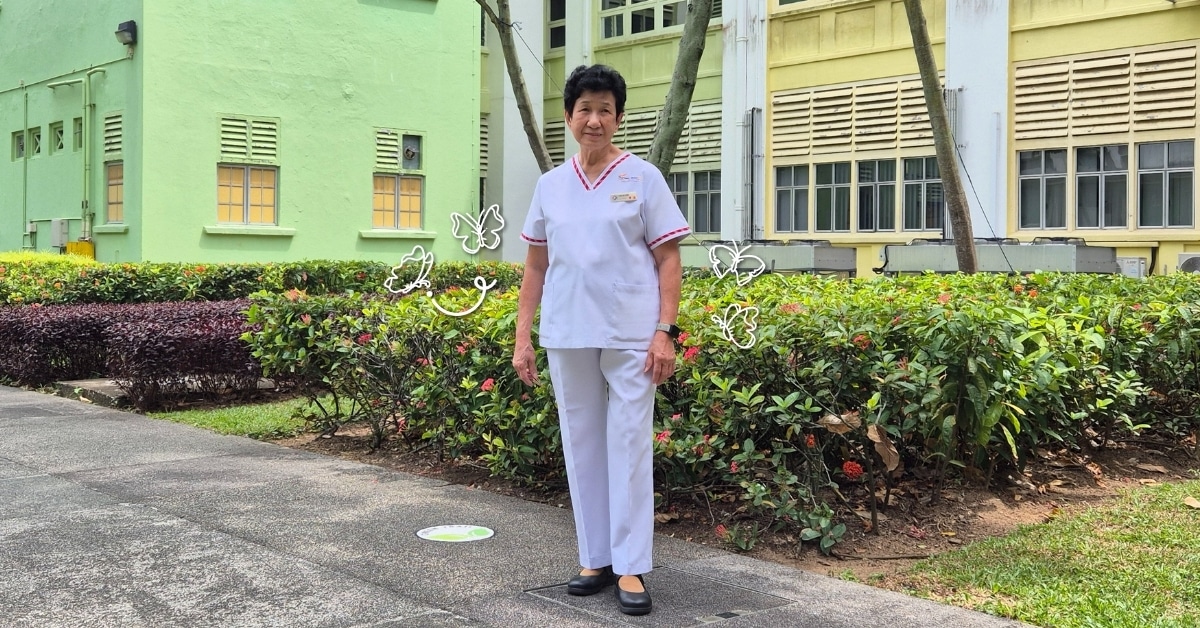
Summary:
- The former Kandang Kerbau Hospital (KKH), once the world’s busiest maternity hospital, has had its first three blocks gazetted as Singapore’s 76th national monument.
- A free exhibition, The Architecture of Care, now showcases KKH’s rich history, including artefacts and stories of midwives like Too Ah Kim, who worked through the post-war baby boom.
- The buildings, dating from 1933 to 1955, reflect unique architectural features and innovations in obstetrics, marking KKH’s role in shaping Singapore’s medical and cultural heritage.
The former Kandang Kerbau Hospital (KKH) was like a “second home” to Too Ah Kim. After all, the 82-year-old spent more than 10 hours a day there, working tirelessly to get babies delivered amid Singapore’s post-war fertility boom.
Back then, the hospital’s oldest active midwife was delivering babies until they ran out of rooms, and had to spill beds out into the corridors. She’s also helped women give birth in the back of taxis after they struggled to get to the hospital during a flood.
Once, she had to deliver 13 babies in a single 10-hour shift.
It was such a rush, but we just had to make do. Help each other, and keep working,
she says.
Having put on her trainee midwife’s cap in 1964, Ah Kim long ago lost count of how many babies she’s delivered.
Many thousands lah – I'm also not sure. I didn't keep track!
she says with a laugh.
It’s easy to see why – the hospital clocked the birth of over 1.2 million babies from 1924 (when it was designated Singapore’s first free maternity hospital) to 1997, when it moved across Bukit Timah Road.
The building today serves as the corporate headquarters of the Land Transport Authority (LTA), though it now has new significance.
Advertisement
Significance of the former KKH building
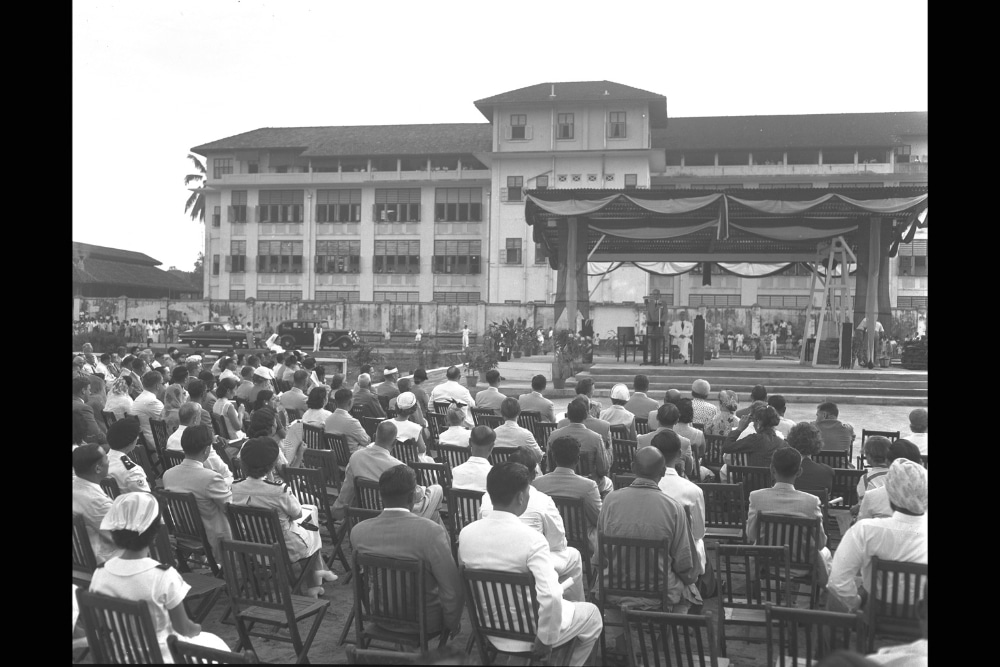
Credit: National Archives of Singapore
Since 1 October, the first three blocks to be constructed in the former KKH building have been gazetted as Singapore’s 76th national monument, exactly 101 years after it became a maternity hospital.
National monuments are afforded the highest level of protection under the Preservation of Monuments Act for their cultural, traditional, archaeological, architectural, artistic, or symbolic significance and national importance.
Approval must be sought from the National Heritage Board before any renovation, alteration, or demolition work on these buildings.
The announcement was a sentimental moment for Ah Kim, especially since it was her first time back in the building since KKH moved.
The building is exactly the same, but everything inside is different,
she says.
"It used to be so crowded and busy."
The hospital’s history dates back to 1858 when it was established as Singapore’s fifth general hospital. Its name directly translates to “buffalo enclosure” in Malay, referring to buffalo pens that used to dot the area.
Over the years, KKH has served not just as the birthplace for generations of Singaporeans, but also a testbed for lifesaving innovations in obstetrics and gynaecology.
Dr Benjamin Sheares, the deputy medical superintendent of the hospital, who would later become Singapore’s second president, pioneered a Caesarean technique which would make childbirth significantly safer for women. The hospital also welcomed Asia’s first In-Vitro Fertilisation (IVF) baby in 1983.
One of the hospital’s most significant years came in 1966 with the so-called “birth-quake”. A record-breaking 39,835 babies were delivered that year (that’s over 110 babies a day, or one birth every 13 minutes and 11 seconds), earning the hospital a place in the Guinness Book of Records for delivering the world’s largest number of babies in a single maternity facility in a year.
Also read:
Singapore’s Mahjong Mafia Are The Friends (And Enemies) You’d Want To Keep Close
The mahjong aunties come armed with more rules than Fight Club, but it’s great for intergenerational bonding, says Neil Humphreys.
The Silver Sensei Finding Balance In Teaching Aikido To Special Needs Kids
Silver sensei Patrick and Lily Chan discovered aikido late in life as a family. From learning to teaching this martial art, Lily also enjoyed a new lease of life with improved health due to practising this martial art regularly.
A limited-time exhibition
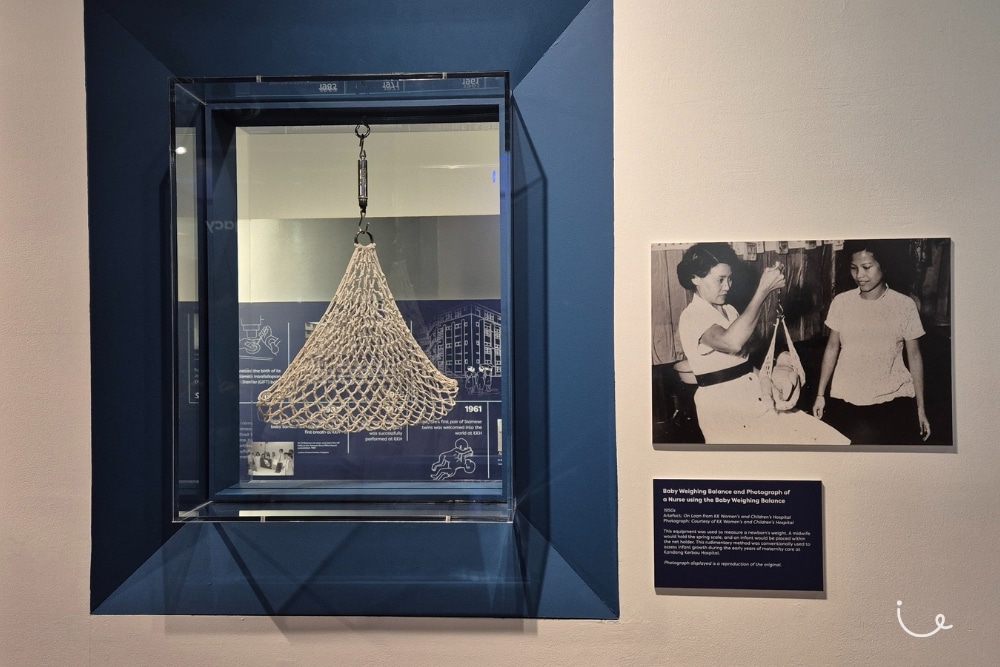
You can find out more about KKH’s history – and spot some old-timey hospital artefacts like birth certificates and stethoscopes – at the newly launched (and free-to-enter) special exhibition titled The Architecture of Care at Block 1 of the former KKH.
Remember to bring some form of photo identification to get a visitor’s pass to enter LTA’s HQ.
While you’re there, do take the chance to visit the three gazetted buildings in the flesh and admire their anachronistic architecture.
- Block 2
The yellow Block 2 is one of the oldest kids in town with its construction in 1933. It boasts overhanging eaves to block solar glare and timber louvred windows for maximum airflow – remember, there wasn’t air-conditioning back then.
- Block 3
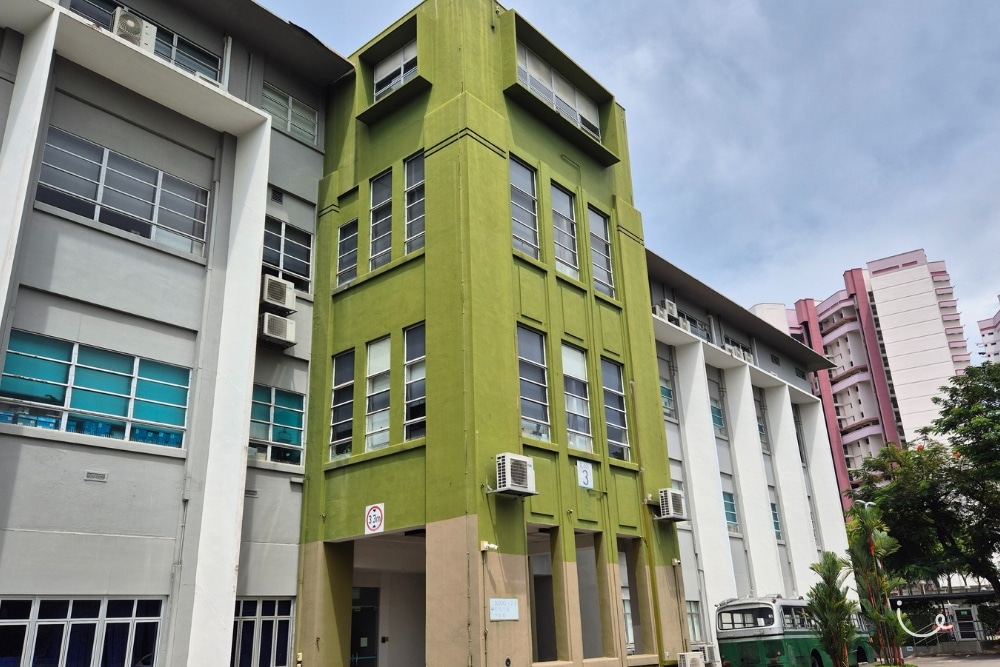
Block 3 followed shortly after in 1940 with the hospital’s burgeoning popularity. It was built flat and modular for quick, efficient upgrading, with modern glass windows reflecting the improving technology of the era. If you look carefully, you can see the fourth floor stacked on top of the original three floors.
- Block 1
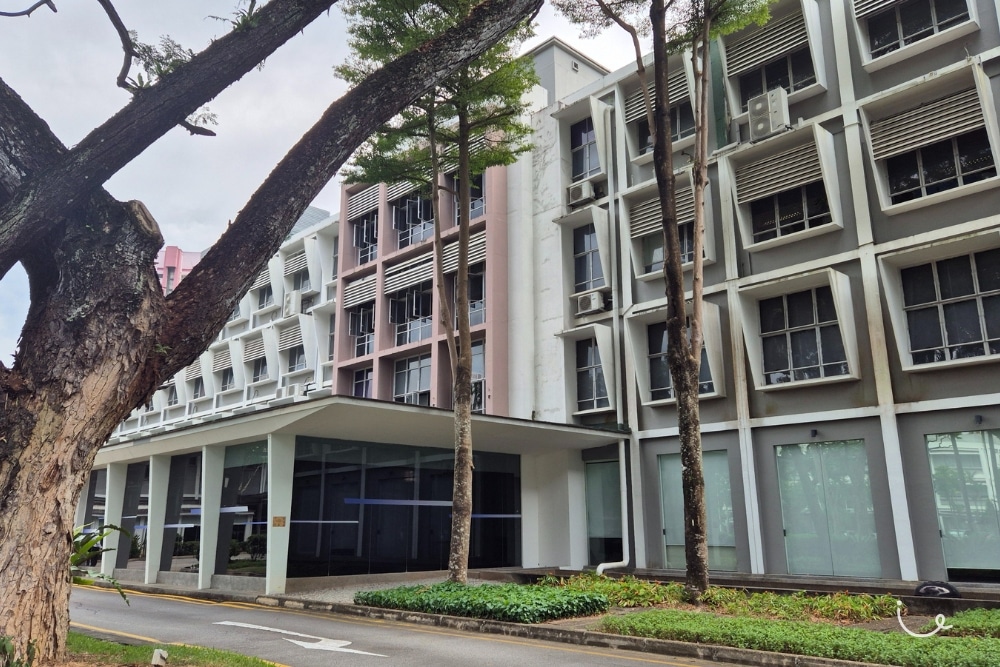
Last is Block 1, which took over as the main facade of the hospital after its construction in 1955. The building’s distinctive precast concrete fins again served to maximise airflow and sunlight while giving the hospital an iconic modernist vibe.
The exhibition is open now until the end of the year. You can also get a free guided tour on selected weekends led by amateur historian Jerome Lim.
I came from a poor family. I thought, since I would not be able to dress up nicely, I might as well choose a uniform group. It was between the police force and nursing – I chose nursing.
Says Ah Kim,
She has no regrets dedicating more than six decades of her life to the profession. She recalls a time where fathers weren’t allowed in maternity wards, meaning it’d just be her, the mother, and the baby.
It was up to us to give them the best care we could,
she says.
That’s probably why she came back to being a midwife after just three years toying with retirement back when she was 69.
I tried going on holidays, but I got so tired. When they called me back, I said 'Sure!'
she says.
The silver is now on a yearly contract, working part-time in the prenatal clinic.
Since I love it, why not? If I can, if they still want me, I'll continue to work.
On why she’s still working even in her 80s, she says:
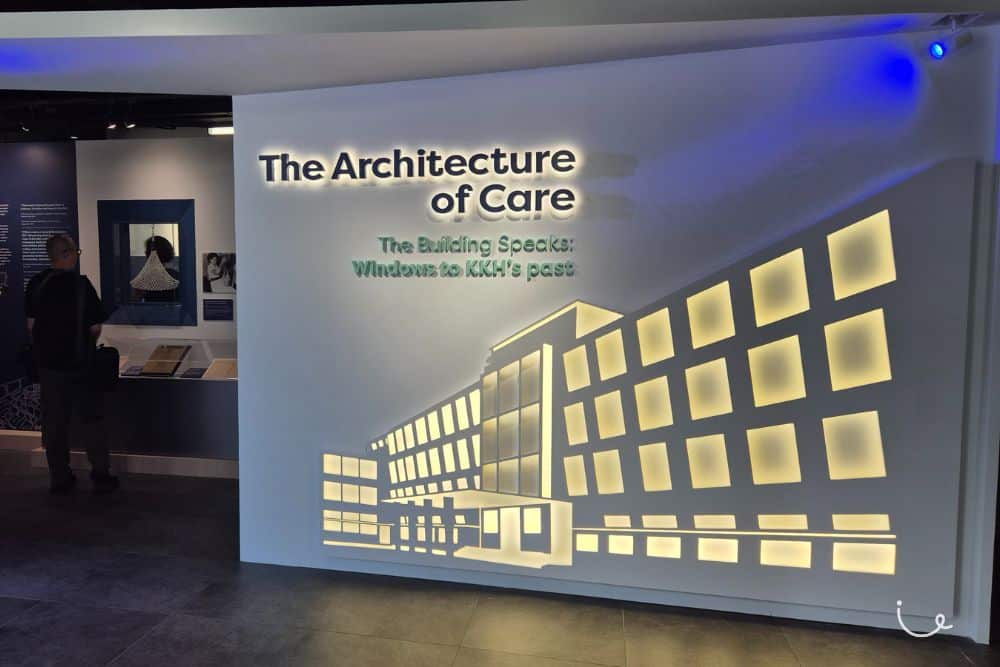
The Architecture of Care exhibition at former KKH building
Where: 1 Hampshire Road, Singapore 219428
When: Mon – Fri, 9:30am – 5pm (sign up for weekend tours here)
Price: Free
Website: N/A

